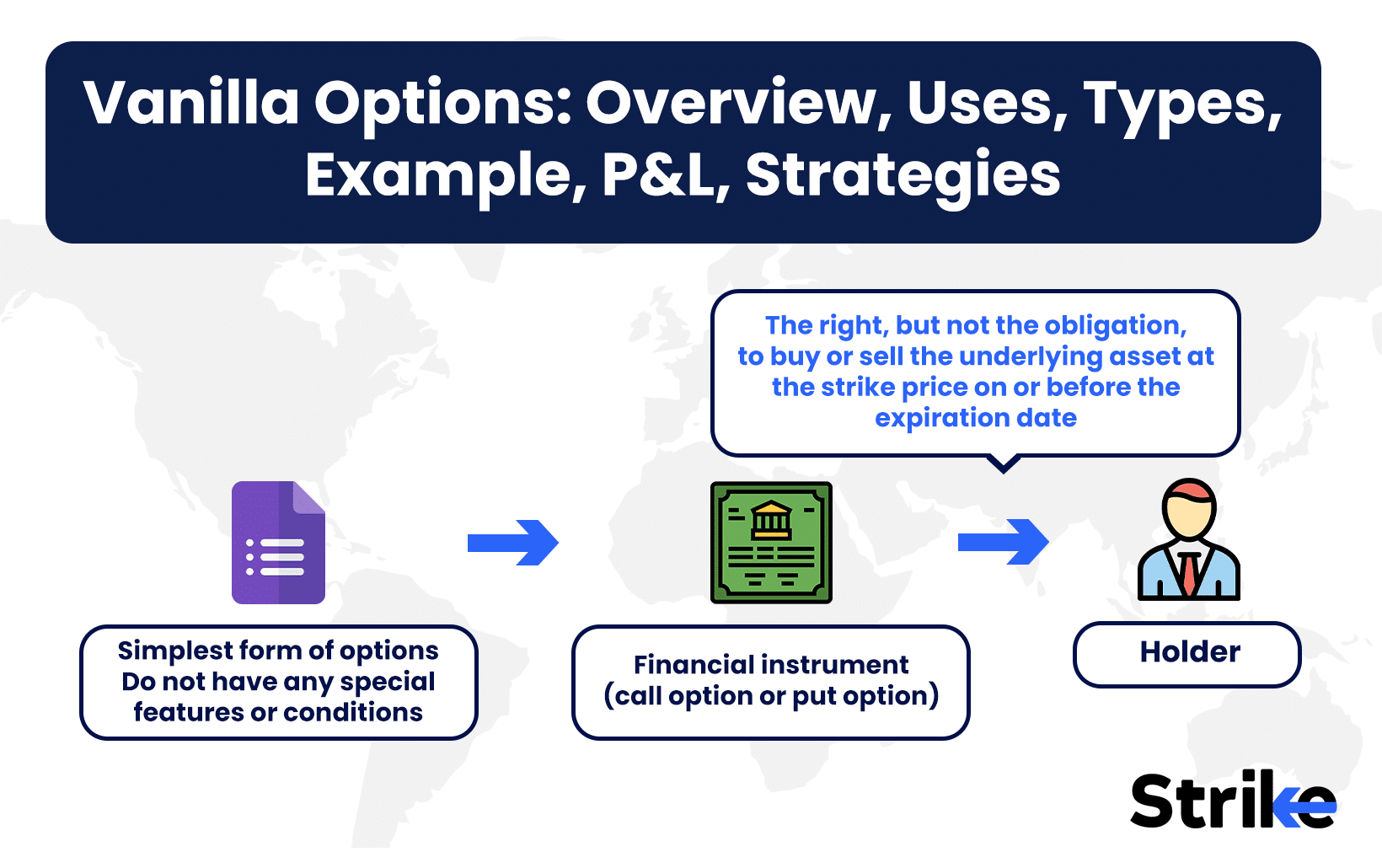
Vanilla options are standard, exchange-traded contracts that give buyers the right, but not the obligation, to buy (call) or sell (put) an asset at a set price before or at expiry. Vanilla options offer flexibility, transparency, and defined risk, making them suitable for hedging, speculation, or generating income.
Vanilla options suit bullish, bearish, or neutral views through simple strategies like long calls, long puts, covered calls, and spreads. Unlike exotics, they have straightforward structures and high liquidity. While risks like time decay and assignment exist, disciplined strategies and risk controls make vanilla options accessible and practical for both beginners and experienced traders.
What Are Vanilla Options?
Vanilla options are standard option contracts that give the buyer the right, but not the obligation, to buy or sell an underlying asset at a predetermined price before or at expiration. Vanila contracts come in two types: calls (right to buy) and puts (right to sell). The term “vanilla” distinguishes them from “exotic” options, which have additional conditions or payout structures.
Vanilla options are traded on regulated exchanges with clearly defined terms. This transparency makes them accessible to both retail and institutional investors.
Their popularity stems from their flexibility, liquidity, and the ability to tailor strategies for various market views. Most options traded on exchanges like NSE, BSE, or NYSE are vanilla options.
How Vanilla Options Work
Vanilla options work by letting you buy (long) or sell (short) calls and puts, each with well-defined payoff profiles and risk characteristics. The buyer pays a premium upfront for the right to exercise the contract, while the seller (writer) receives the premium and takes on the obligation.
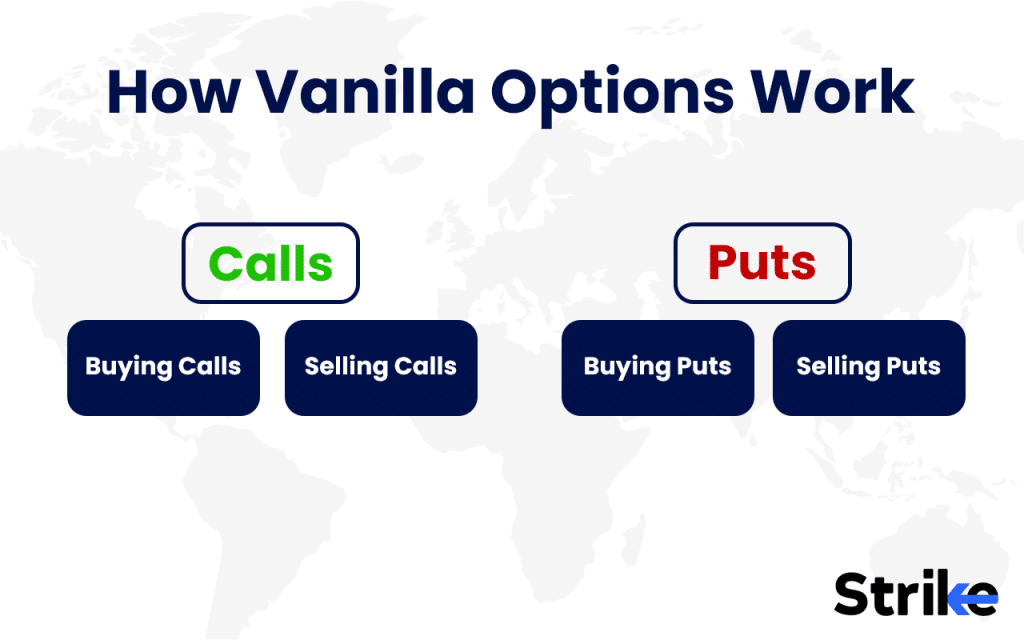
- Buying Calls: Expect the underlying to rise. Profit is unlimited above breakeven, loss limited to premium.
- Selling Calls: Expect flat or falling prices. Max profit is the premium, loss is unlimited if price soars.
- Buying Puts: Expect the underlying to fall. Max profit is when price drops to zero, loss limited to premium.
- Selling Puts: Expect stable or rising prices. Max profit is the premium, loss is substantial if price collapses.
Each option’s premium consists of intrinsic value (amount in-the-money) plus time value (expectation of movement). You select the expiration date (weekly, monthly) and strike price (the level at which you’ll buy/sell). Visuals show profit/loss at expiry for each position, helping traders quickly grasp risk and reward.
Why Use Vanilla Options?
Traders use vanilla options for portfolio hedging, leverage with defined risk, income generation, and cost-effective speculation on direction or volatility. These contracts offer flexibility for a range of investment goals.
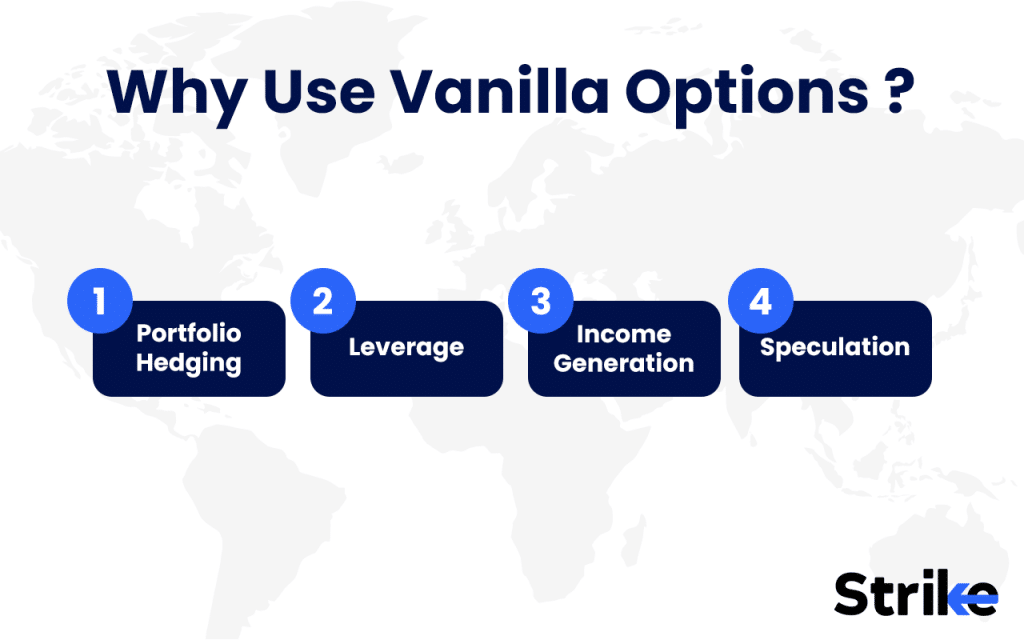
- Portfolio Hedging: Protect against big losses by buying puts as insurance.
- Leverage: Control large positions with a small upfront premium; for example, a Rs. 2,000 premium might give exposure to Rs. 1 lakh worth of stock.
- Income Generation: Write (sell) options to collect premiums in sideways markets.
- Speculation: Take advantage of expected moves in price or volatility without needing to own the underlying.
Options provide risk-defined exposure, so the maximum loss when buying is limited to the premium paid. This makes them attractive to both conservative and aggressive traders.
When to Use Vanilla Options
Vanilla options are best used when you have a clear view on market direction, volatility, or need to hedge an existing position. The timing and strategy should align with your risk appetite and market conditions.
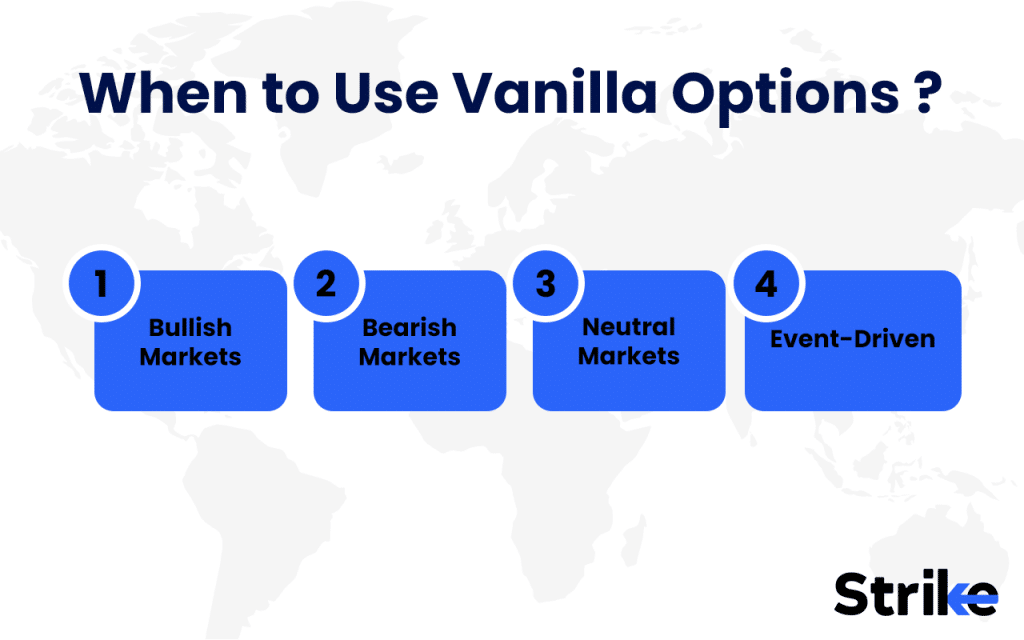
- Bullish Markets: Buy calls or sell puts when expecting a rally.
- Bearish Markets: Buy puts or sell calls to benefit from a downturn.
- Neutral Markets: Use spreads or write covered calls in sideways markets.
- Event-Driven: Employ options around earnings announcements, RSI extremes, or major volatility events.
Choosing the correct strike and expiry is key. For example, use short-term options for quick, event-driven trades, and longer-term contracts for portfolio protection.
Traders often use technical tools (like RSI, moving averages) and fundamental analysis to identify optimal entry points. Matching strategy to market outlook and personal risk tolerance is crucial for consistent results.
What Are The Different Types of Vanilla Options?
The main types of vanilla options are call options (right to buy) and put options (right to sell), with further classification based on exercise style as American or European options.
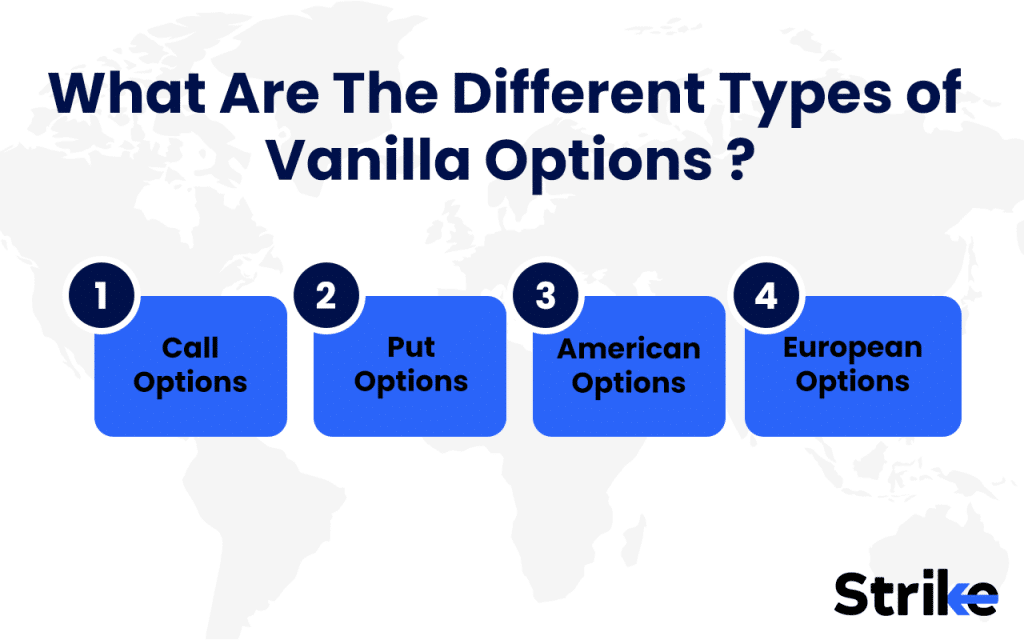
- Call Options: Buyer gets the right to buy the underlying at the strike price.
- Put Options: Buyer gets the right to sell the underlying at the strike price.
- American Options: Exercise possible any time up to expiry (common in US equities).
- European Options: Exercise only at expiry (used in most index options in India and Europe).
This simplicity makes vanilla options easy to combine into multi-leg strategies. Most exchange-traded equity and index options globally are vanilla, with clear rules and standardized contracts.
Understanding the distinction between American and European styles is important for exercise flexibility and risk management. For example, Nifty and Bank Nifty options in India are European style.
What is an Example of Trading Vanilla Options?
An example of trading a vanilla option involves buying a call option and analyzing its profit/loss at expiry. Suppose Reliance stock is trading at Rs. 2,500.
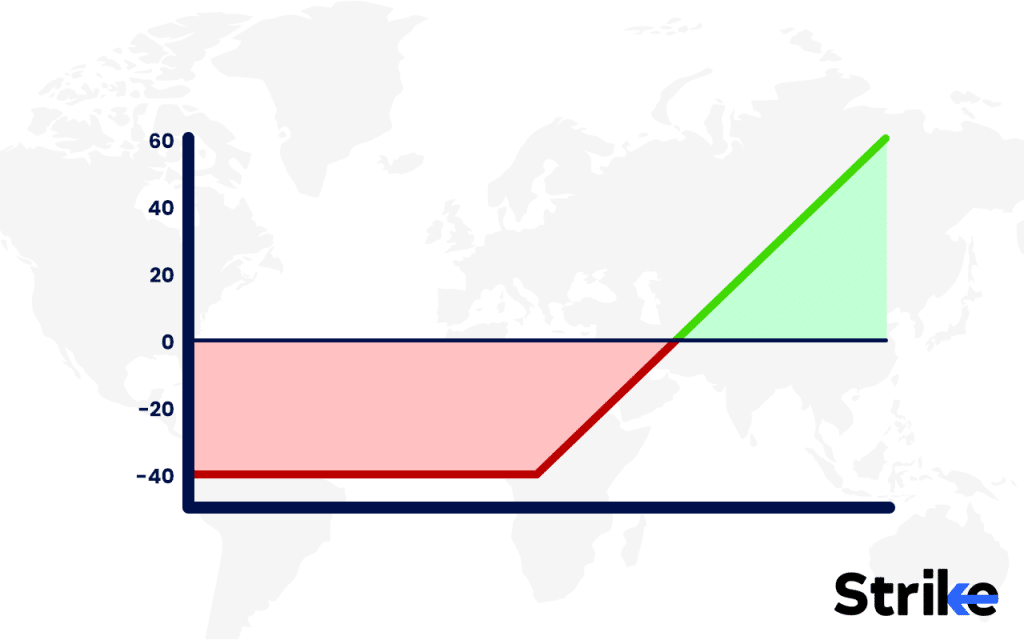
- Buy 1 Reliance 2,550 Call (Monthly) at Rs. 40 premium.
- Strike: Rs. 2,550
- Expiry: 1 month from now
- Premium Paid: Rs. 40
Scenario 1: At expiry, Reliance closes at Rs. 2,600.
- Intrinsic Value = Rs. 2,600 – Rs. 2,550 = Rs. 50
- Net Profit = Intrinsic Value – Premium = Rs. 50 – Rs. 40 = Rs. 10 per share
Scenario 2: At expiry, Reliance is at Rs. 2,540.
- Option expires worthless; loss = Rs. 40 (premium paid)
Payoff Diagram:
- Breakeven = Strike + Premium = Rs. 2,590
- Max Loss = Rs. 40
- Max Profit = Unlimited (as price rises)
Such payoff diagrams help visualize potential returns and risks, making decision-making clearer for traders.
What are the Maximum Profit & Loss, Breakeven of Vanilla Options?
Maximum profit, loss, and breakeven for vanilla options depend on position type—long or short call/put—and are visualized with profit/loss charts. Here’s a summary:
| Position | Max Profit | Max Loss | Breakeven |
| Long Call | Unlimited | Premium paid | Strike + Premium |
| Short Call | Premium received | Unlimited | Strike + Premium |
| Long Put | Strike – Premium | Premium paid | Strike – Premium |
| Short Put | Premium received | Strike – Premium | Strike – Premium |
For example, buying a call at Rs. 100 strike for Rs. 10 premium.
- Max Loss: Rs. 10 (if price stays below Rs. 100)
- Breakeven: Rs. 110 (price at expiry)
- Max Profit: Unlimited if price soars
For a short put at Rs. 90 strike, max profit is the premium received, and max loss occurs if the underlying falls to zero.
Profit/loss charts are essential tools for planning and risk control.
Can Vanilla Options Expire Worthless?
Yes, vanilla options can expire worthless if the underlying price does not move favorably relative to the strike price by expiration. For calls, this happens if the market closes below the strike; for puts, if it closes above.
This risk is why buyers must choose strikes wisely and sellers need sound risk management. Understanding this aspect is vital for both hedgers and speculators using vanilla options.
What are the Best Vanilla Option Trading Strategies?
The best vanilla option trading strategies are those that match your market outlook and risk tolerance, including long call, long put, covered call, protective put, and various spreads. Here’s a quick overview.
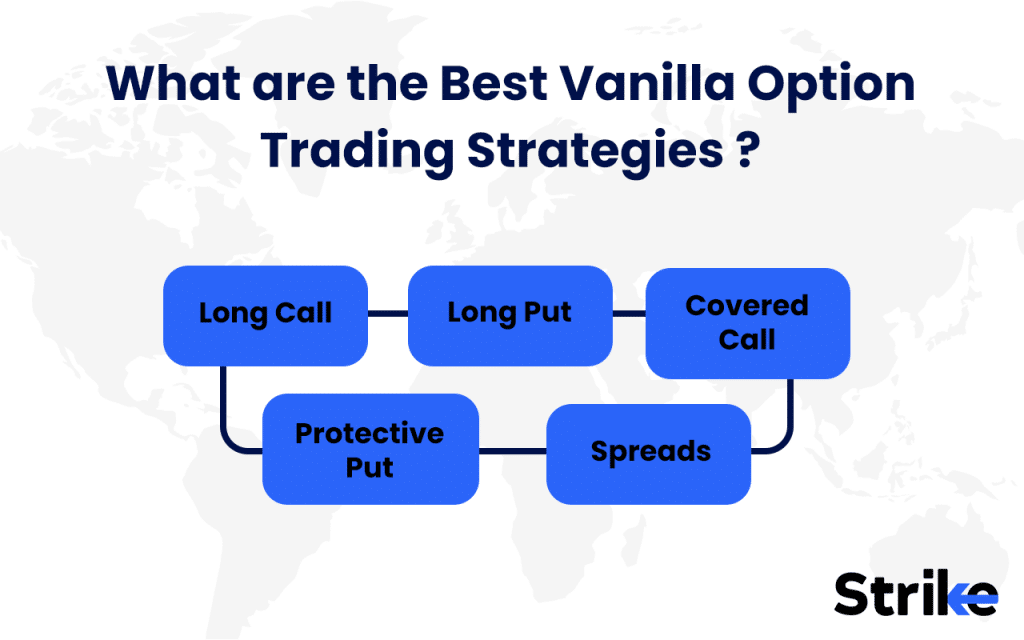
- Long Call: Bullish strategy with limited risk (premium paid).
- Long Put: Bearish view with downside protection.
- Covered Call: Hold stock, sell call for income and partial downside hedge.
- Protective Put: Hold stock, buy put as insurance.
- Spreads: Combine options for limited risk/reward (vertical, calendar, diagonal).
For example, a vertical spread (buy one call, sell another at higher strike) lowers cost and risk. Covered calls are popular among investors seeking regular income, while protective puts defend against sharp declines.
Strategy choice should consider market volatility, upcoming events, and personal risk appetite.
Are Vanilla Options Safe?
Yes, vanilla options carry specific risks including time decay, assignment risk, liquidity issues, margin requirements, and volatility swings, but these risks can be managed with proper techniques.
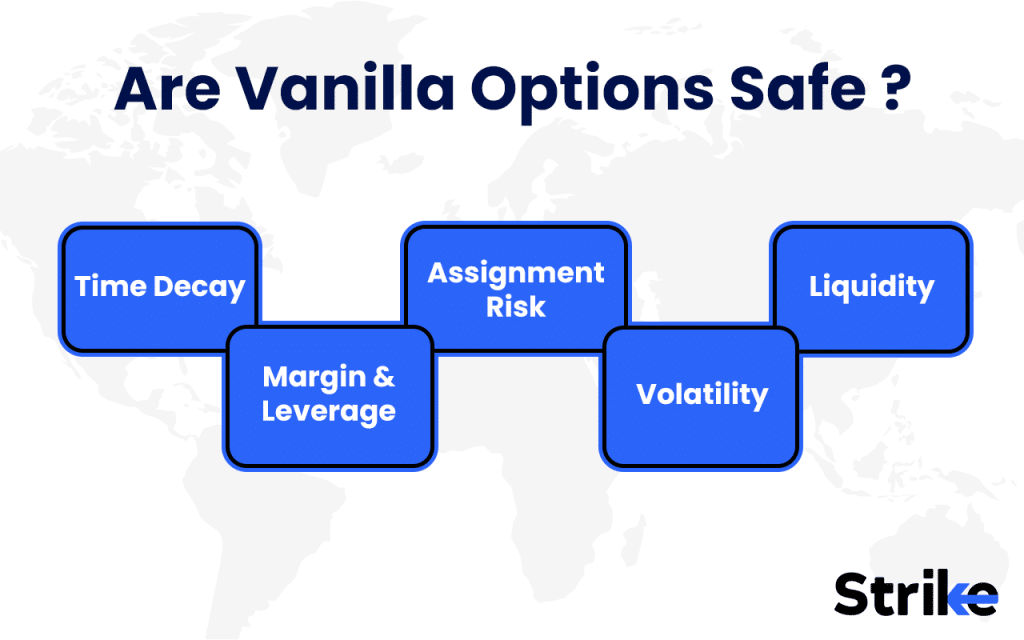
- Time Decay: Value erodes as expiry nears, hurting buyers.
- Assignment Risk: Sellers risk being assigned if ITM near expiry (mainly for American options).
- Liquidity: Illiquid contracts widen spreads and increase costs.
- Margin & Leverage: Selling options requires margin; losses can exceed initial premium for naked positions.
- Volatility: Sudden changes raise or drop premiums sharply.
Risk mitigation involves using spreads, stop-loss orders, and trading liquid contracts. For example, spreads cap both risk and reward, while stop-losses prevent runaway losses.
No option strategy is risk-free, but vanilla options let traders define and control risk more simply than complex or exotic derivatives.
Can Beginners Trade Vanilla Options?
Yes, beginners can trade vanilla options because they are standardized, transparent, and widely supported by educational materials and broker platforms. Their straightforward structure makes them ideal for learning the basics of options trading.
Most brokers offer risk management tools, demo accounts, and educational content focused on vanilla options. Simple strategies like long calls, long puts, and covered calls are suitable starting points for new traders.
However, beginners should start small, avoid excessive leverage, and use defined-risk positions. Practicing with simulated trades before using real money helps build confidence and understanding.
As proficiency grows, traders can advance to more complex strategies. But for most, vanilla options provide a solid foundation for learning risk-reward dynamics in the options market.
Are Vanilla Options Easier to Trade than Exotics?
Vanilla options are significantly easier to trade than exotic options due to their standardized terms, simpler payoff structures, and high liquidity. Exotic options involve additional features like barriers, multi-leg payouts, or path dependency, making them harder to price and understand.
Most vanilla options are exchange-traded, ensuring transparency and easy execution. Exotics are usually over-the-counter (OTC) products with bespoke contracts, facing higher counterparty and liquidity risks.
For retail traders and most investors, vanilla options offer clear rules, ample educational resources, and broker support. Exotics require deep market knowledge, advanced modeling, and are better suited for institutional players.
In summary, vanilla options are ideal for most traders seeking straightforward, flexible, and liquid derivatives for hedging, income, or speculation.






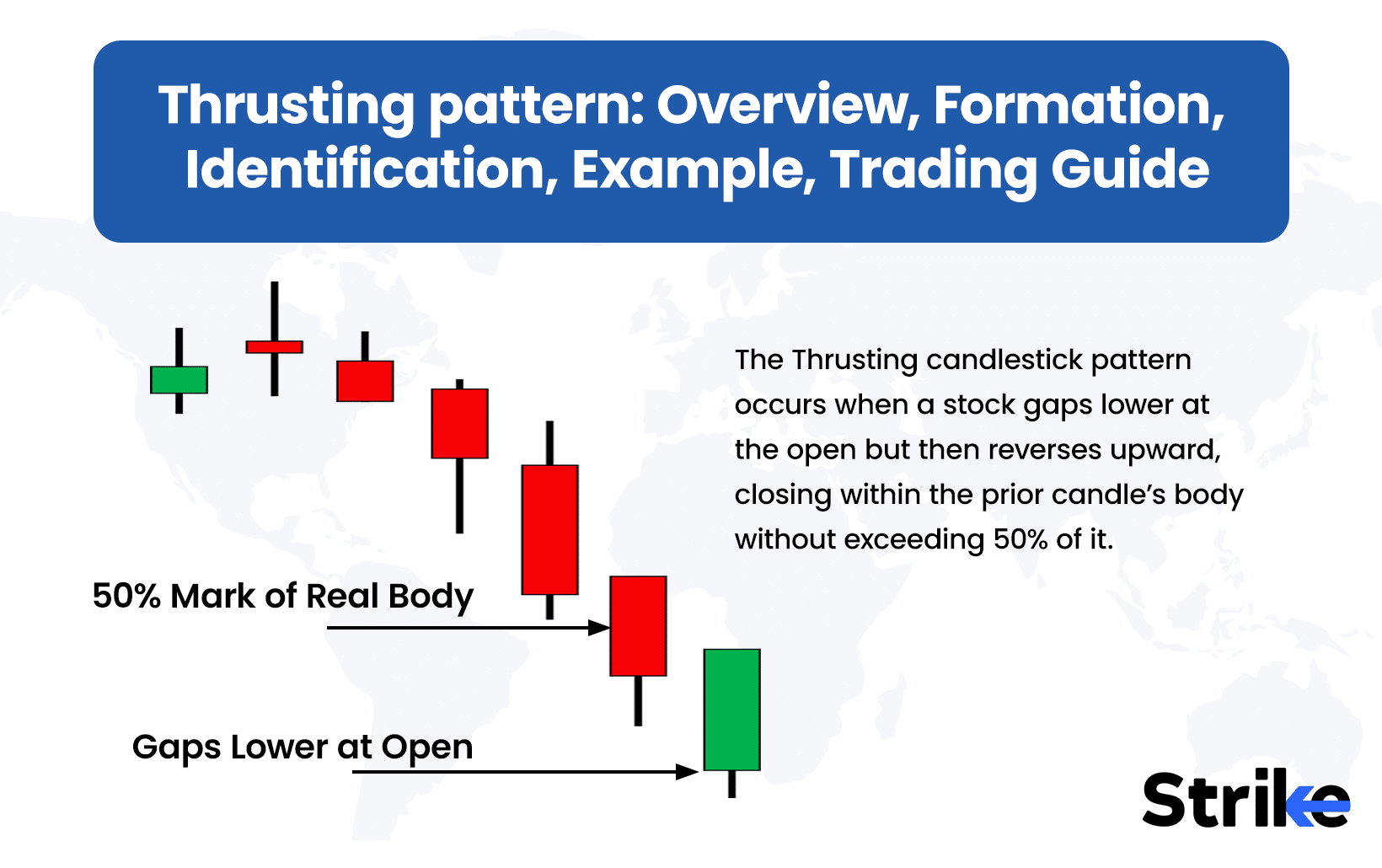

![85 Common Stock Market Terminologies for Dummies [Updated List for 2026] 32 85 Common Stock Market Terminologies for Dummies [Updated List for 2025]](https://www.strike.money/wp-content/uploads/2025/04/Popular-Stock-Market-Terms-for-Beginners-Banner.png)
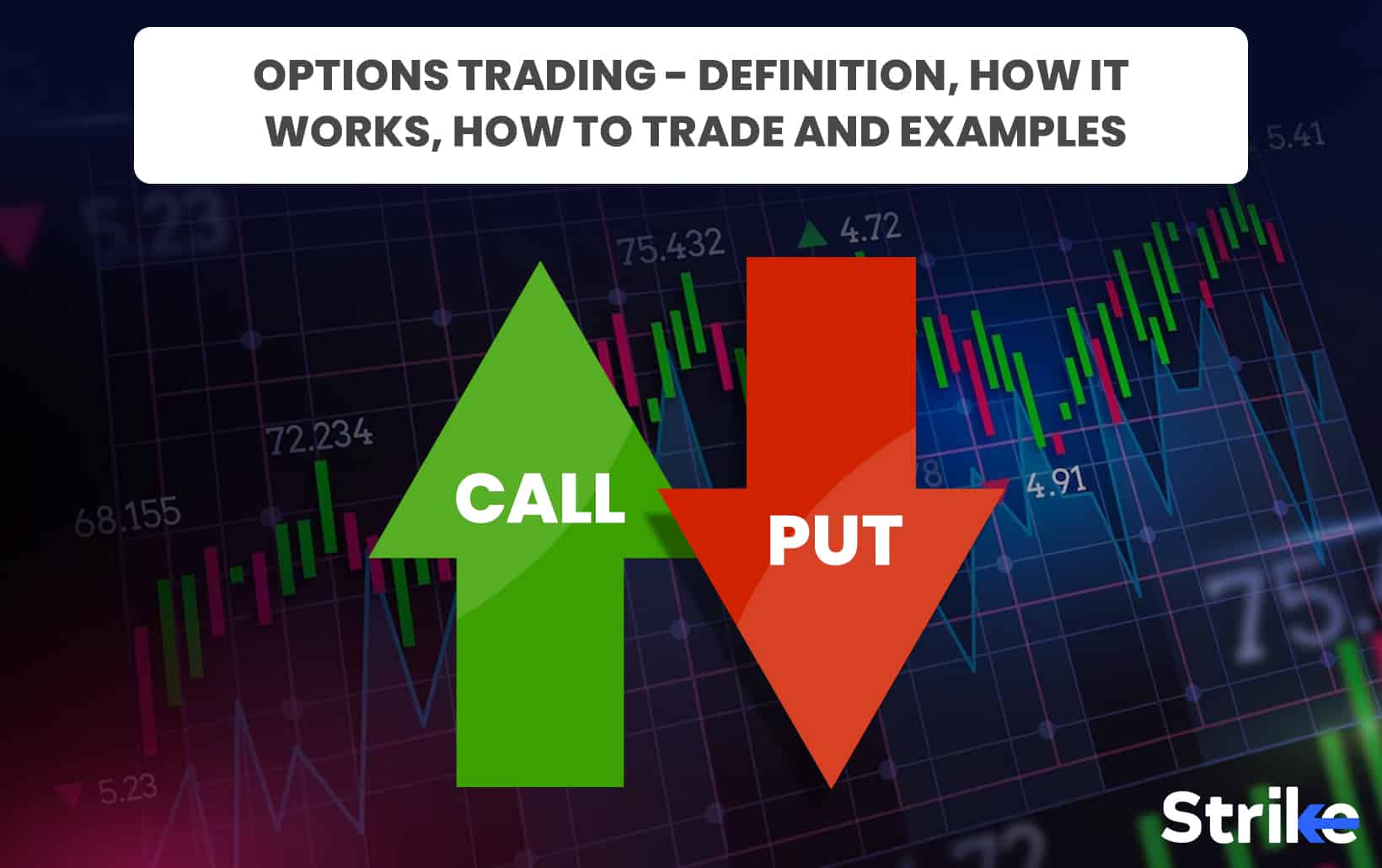

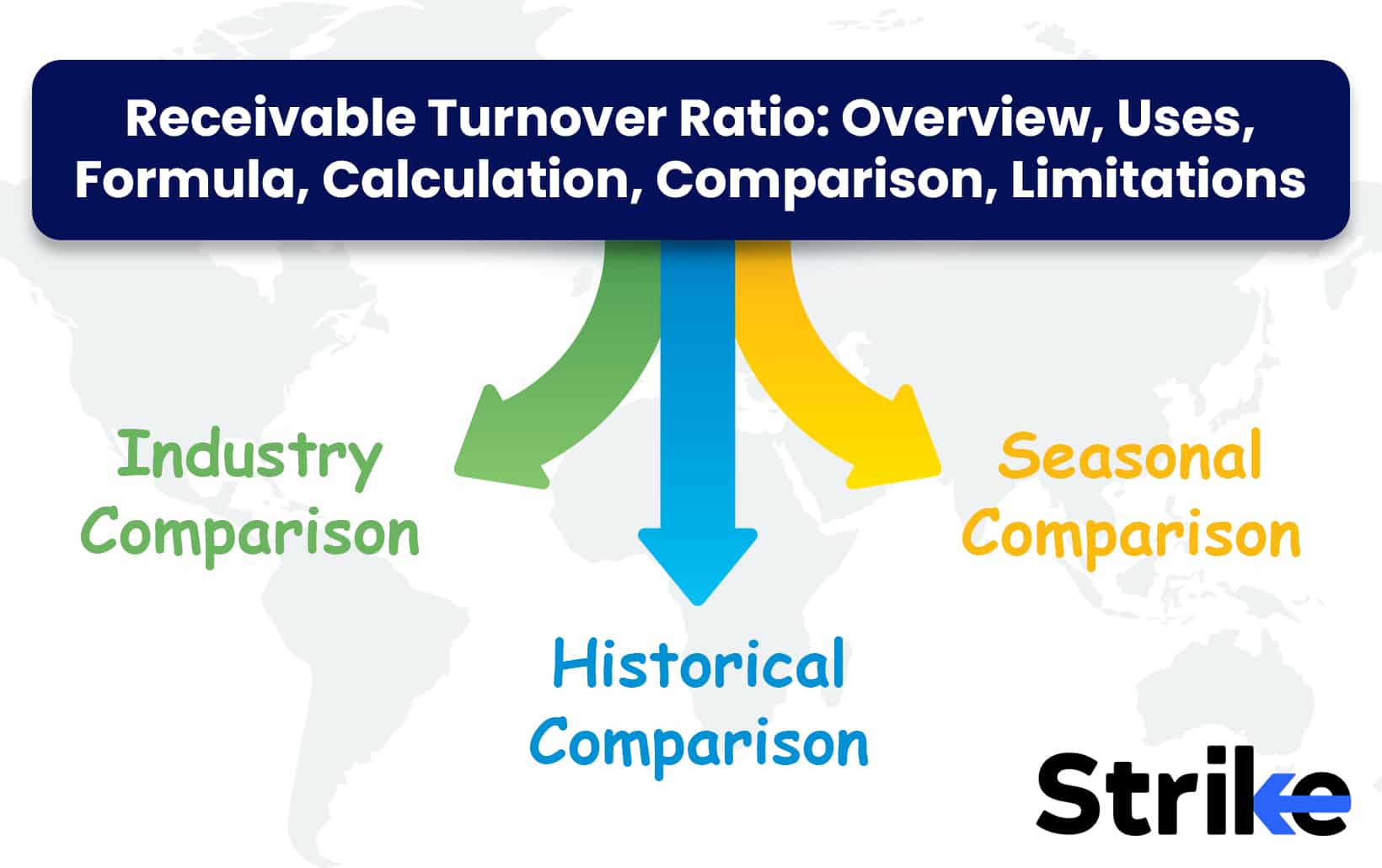

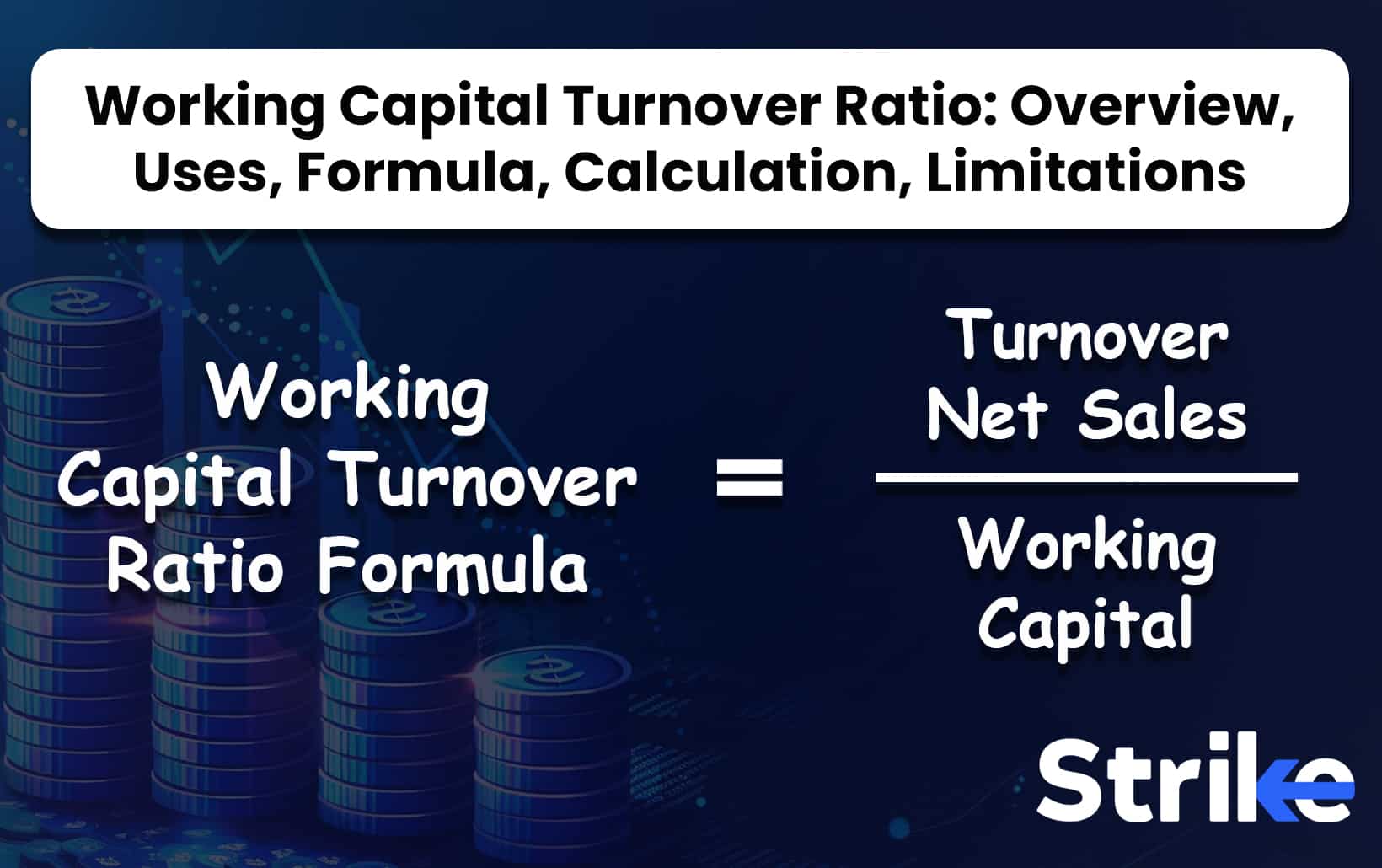
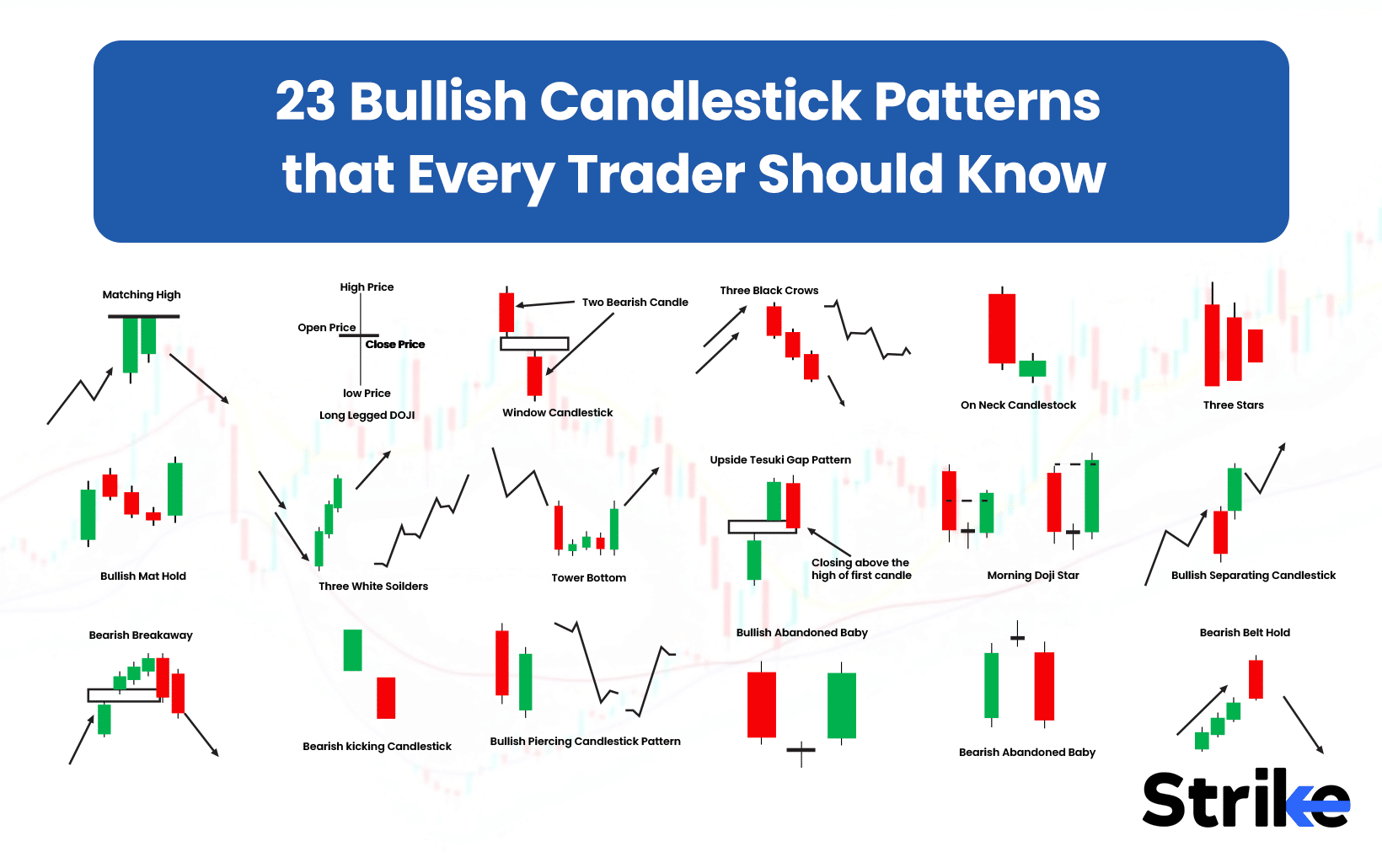


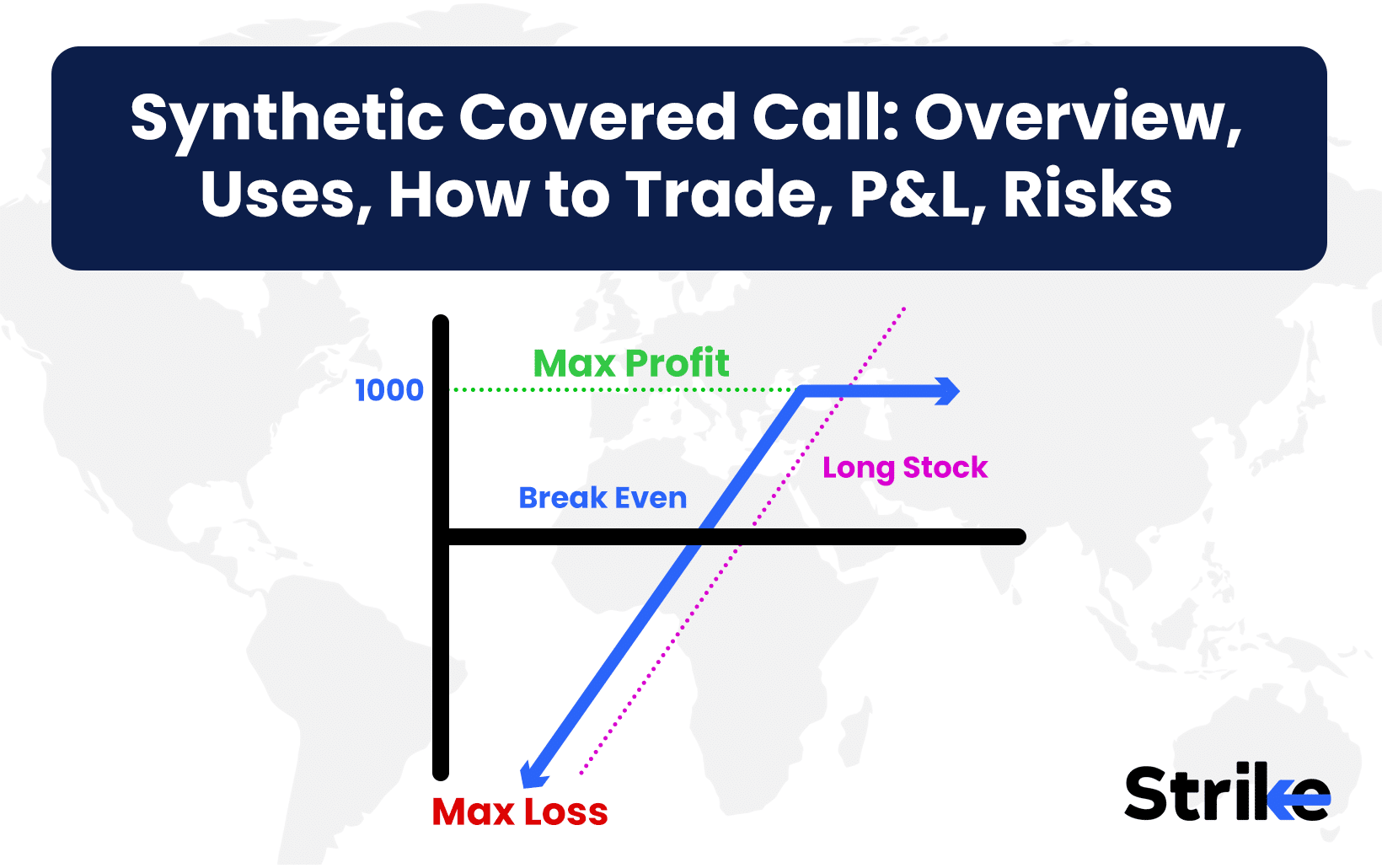

No Comments Yet.